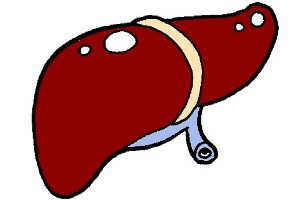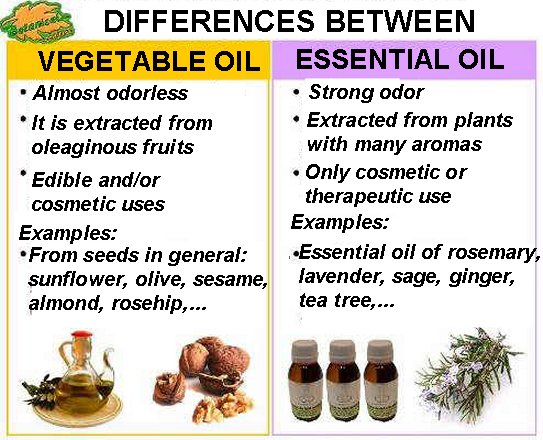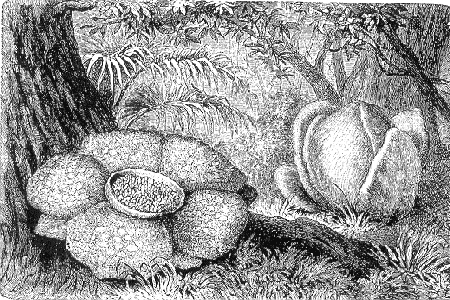Contents
- 1 Why is it so important to eliminate antinutrients?
- 2 Methods to eliminate antinutrients
Why is it so important to eliminate antinutrients?
Antinutrients make some foods difficult to digest or worsen digestive diseases
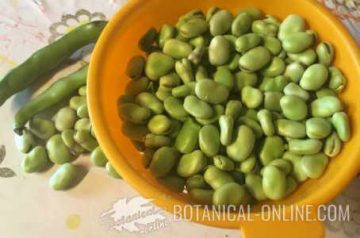
It is because foods that contain antinutrients can be indigestible, when they are not prepared properly. A clear example is undercooked legumes.
Eating raw or undercooked chickpea flour, a lot of raw tofu, or recipes that use raw chickpeas (such as falafel, if insufficiently cooked) is difficult to digest and usually produces flatulence, due to these antinutritive effects. Another example would be belly pain or indigestion by eating too many nuts or raw seeds.
Everyone should know how antinutrients are eliminated in order to learn how to cook or properly consume seeds, nuts, cereals and legumes. Having this knowledge will help to achieve a more nutritious and respectful diet with our digestive system.
The issue of antinutrients is also very interesting for people suffering from a digestive disease, such as gastritis, digestive ulcers, Crohn’s disease, celiac disease, too permeable bowel syndrome, allergies, etc. In these cases in which the intestine appears weakened, foods with many antinutrients can be pro-inflammatory and aggravate the symptoms.
Methods to eliminate antinutrients
Soaking to activate the seeds and eliminate antinutrients
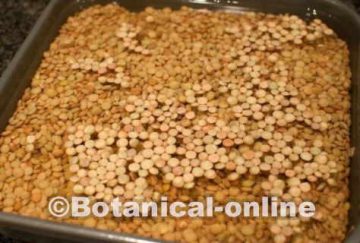
We are accustomed to soaking the legumes so that they are hydrated and so that later, during cooking, they are well cooked. But the truth is that soaking not only serves to hydrate the legumes, but also makes them more digestive as it activates them.
During soaking, the seed is prepared to germinate and decreases the phytate content of the grains making them more digestive and with more benefits (phytates become inositol, a potent antioxidant).
Therefore, it is very interesting to soak not only legumes, but also whole grains and nuts and oil seeds to be consumed. The soaking time will depend on each case, but in general, the legumes are the ones that require more time because they need to be hydrated and activated.
* Related information: how to activate the seeds
Germination to eliminate antinutrients and increase nutritional value

Germination consists in lengthening the soaking time longer, keeping the seeds moist and in optimal conditions to germinate. During germination, the phytate content decreases and the bioavailability of the minerals and vitamins of the B complex containing the seeds increases.
What changes do the seeds experience during germination?
The phytates of the seeds, during germination, release their minerals so that the seed has enough phosphorus and other minerals to grow and form a new plant.
In germinated beans there is an increase in the content of vitamins and substances such as the amino acid levodopa (L-DOPA), precursor of the neurotransmitter dopamine and very interesting in diseases such as Parkinson’s.
* More information: Properties of phytates
Running water, rubbing and soaking to remove saponins
Saponins are antinutrients present in many seeds, mainly in quinoa and soybeans, but also appears in different amounts in other grains and vegetables, such as beans, chickpeas, alfalfa, spinach, etc.
The way to remove the saponins from quinoa or other grains is the following:
- Pass them through running water and rub.
- This process must be done prior to soaking, as this ensures that the saponins are more fixed to the food
- Soak them
- Boil them and saponins are finished (which foam in the cooking water).
Cooking food and elimination of antinutrients
Fortunately, cooking removes most antinutrients from grains. That is why we normally have no problem in eating cereals, legumes and seeds. The antinutrients that are eliminated with cooking are (most):
- Inhibitors of proteases and other digestive enzymes
- Saponins
- Lecithins (phytohemagglutinins)
- Oxalates (especially with boiling)
- Antivitamins such as avidin, thiamines, antivitamin C, antivitamin D
Why does heat eliminate antinutrients?
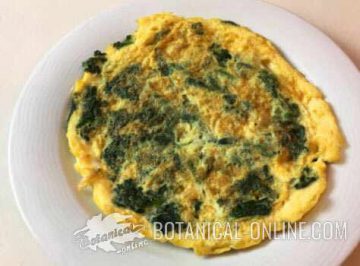
Heat changes the structure of the molecules and inactivates them, preventing them from having antinutritive effects. Other times, as in the case of oxalates, cooking with water (boiled) solubilizes these components causing them to remain in the cooking broth.
But not all are antinutrients, nutrition is complex and it is difficult to establish if is better when cooking to preserve the properties of food or eliminate the antinutrients. Following the last example, boiling spinach removes its oxalates, but also causes 80% of the folic acid they contain to be lost in the water. In contrast, steam cooking preserves all folate, but also oxalates.
Everything has its advantages and disadvantages, but also solutions. Spinach is most recommended boiled for those with a tendency to have kidney stones (because spinach are rich in calcium oxalates). But, if this affectation does not exist, people can compensate for the intake of foods rich in oxalates by combining spinach with dairy.
Combining vegetables with oxalates with dairy
Vegetables and fruits rich in oxalates can be combined with dairy products to compensate for their high oxalate content and neutralize them. These foods are mainly: chard, spinach, cocoa, beet, etc.
It should be mentioned that, although sesame is rich in calcium, it also contains oxalates.
For occasional consumption, it is not necessary to follow any “special precautions” regarding the consumption of these foods, but if taken regularly, it may be advisable to combine these oxalate-rich foods with calcium-rich foods, such as dairy products (milk, milk, yogurt with no added sugar) or cheeses)
Why does calcium compensate for oxalates?
Calcium combines with oxalates, forming a compound that cannot be absorbed at the intestinal level. In this way, oxalates are prevented from sequestering minerals during their passage through the intestine and these oxalates are also prevented from being absorbed and reach the kidneys, where they can favor the appearance of calcium oxalate crystals in urine and the formation of oxalate calcic stones.
* Related article: Practical techniques to eliminate antinutrients
![]() More information on antinutrients
More information on antinutrients



